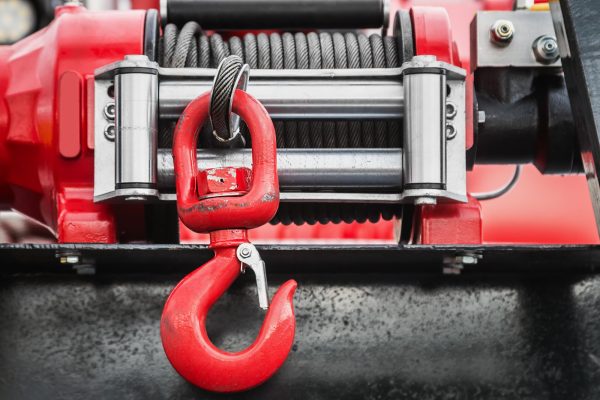Smart winch systems represent a significant advancement in vehicle recovery technology, combining traditional mechanical winching capabilities with sophisticated electronic controls and safety features. These systems are becoming increasingly important for UK recovery operators who need to handle complex vehicle recoveries safely and efficiently.
Core Technology and Functionality
At their core, smart winch systems use sensors and electronic controls to monitor and regulate the winching process. Unlike traditional winches that rely solely on operator skill and mechanical controls, smart systems can automatically adjust line speed and tension while providing real-time feedback to the operator. This is particularly valuable given that the UK’s Vehicle Recovery Industry Guide reports that improper winching is a leading cause of equipment damage during recovery operations.
Safety Features and Overload Protection
A key feature of smart winch systems is their ability to prevent overloading. The systems continuously monitor the load being applied and can automatically stop or reduce power if safe working limits are approached. This helps protect both the recovery vehicle and the casualty vehicle—crucial when dealing with modern vehicles that often have specific recovery points and procedures.
Remote Operation and Control
Many smart winch systems now incorporate wireless remote controls, allowing operators to position themselves safely while maintaining a clear view of the recovery operation. This addresses one of the most significant safety concerns in vehicle recovery—the Health and Safety Executive identifies being struck by moving vehicles or equipment as one of the main risks faced by recovery operators.

Data Logging and Management
The systems often include data logging capabilities, recording details such as maximum loads, operation duration, and any safety interventions. This information can be valuable for operator training, maintenance scheduling, and investigating any incidents. Some advanced systems even integrate with vehicle telematics, allowing fleet managers to monitor winch usage and plan preventative maintenance more effectively.
Programmable Recovery Scenarios
Most modern smart winch systems can be programmed with specific parameters for different types of recovery scenarios. For example, when recovering a vehicle from soft ground, the system can be set to provide smoother, more gradual pulling force to prevent the casualty vehicle from becoming further embedded. Similarly, when dealing with rolled vehicles, the winch can be programmed to provide precise control for controlled uprighting operations.
Cost Considerations and ROI
While the initial cost of smart winch systems is typically higher than traditional mechanical winches, many UK recovery operators report that the increased safety, reduced equipment damage, and improved efficiency justify the investment. The systems are particularly valuable for operators working in challenging environments such as motorways or urban areas where space is limited and precision is essential.
Future Developments
As vehicle technology continues to advance, smart winch systems are likely to become even more sophisticated, potentially incorporating features such as artificial intelligence to suggest optimal recovery strategies or augmented reality displays to help operators visualise load forces and safe working zones. However, it’s important to note that these systems are tools to assist skilled operators rather than replace them—proper training and experience remain essential for safe and effective vehicle recovery operations.
